<--- Back to Details
| First Page | Document Content | |
|---|---|---|
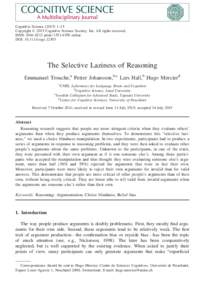 Date: 2015-10-12 14:56:55Critical thinking Arguments Cognitive biases Term logic Reasoning Syllogism Confirmation bias Philosophy of artificial intelligence Belief bias Reason Social psychology Problem solving |
Add to Reading List |
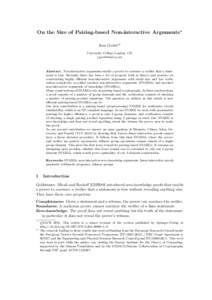 | On the Size of Pairing-based Non-interactive Arguments? Jens Groth?? University College London, UK Abstract. Non-interactive arguments enable a prover to convince a verifier that a statement is true. RDocID: 1xVKy - View Document |
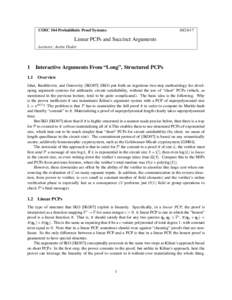 | COSC 544 Probabilistic Proof SystemsLinear PCPs and Succinct Arguments Lecturer: Justin ThalerDocID: 1xVEj - View Document |
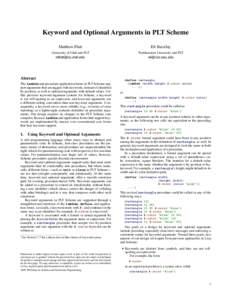 | Keyword and Optional Arguments in PLT Scheme Matthew Flatt Eli Barzilay University of Utah and PLTDocID: 1xVfP - View Document |
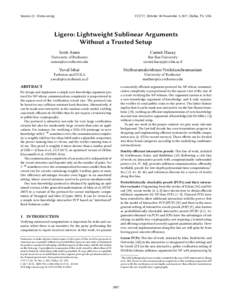 | Ligero: Lightweight Sublinear Arguments Without a Trusted SetupDocID: 1xUHB - View Document |
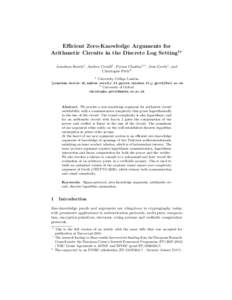 | Efficient Zero-Knowledge Arguments for Arithmetic Circuits in the Discrete Log Setting†∗ Jonathan Bootle1 , Andrea Cerulli1 , Pyrros Chaidos1∗∗ , Jens Groth1 , and Christophe Petit2 1DocID: 1xUBS - View Document |
 The Selective Laziness of Reasoning
The Selective Laziness of Reasoning